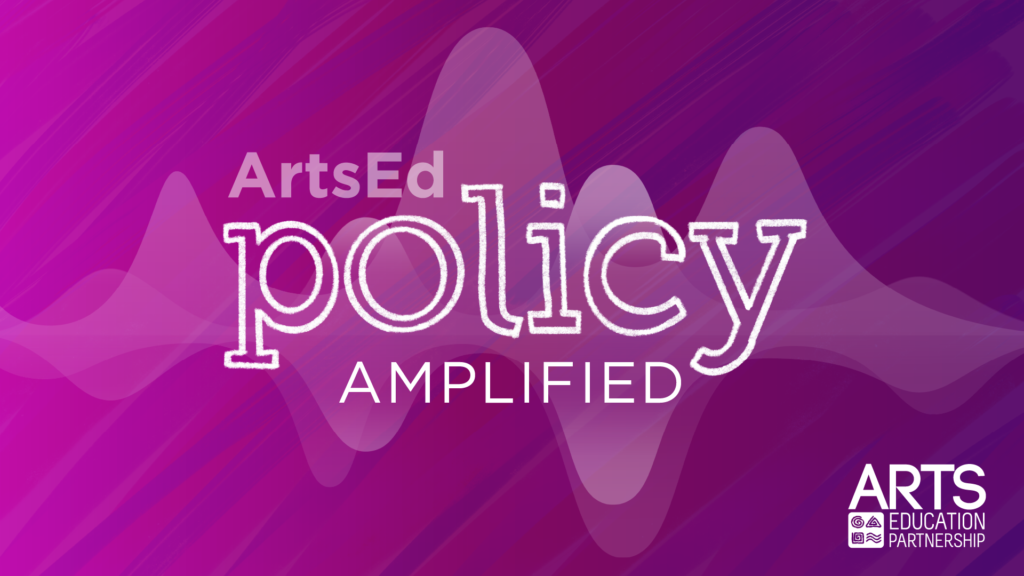Arts Integrated Teacher Education Benefits Elementary Students and Teachers Alike

“My 1st graders pantomimed today to illustrate understanding of vocabulary. Pantomime pairs well with a current science unit about animals and the structures they use to defend themselves. They loved it. I’m so thankful I took the arts integration class!”
As professors preparing teachers at Louisiana State University, emails like this one from a former undergraduate student are common since re-envisioning the required arts course to incorporate arts integration. Prior to the course remodel, however, such emails were extremely rare.
In the United States, about 2,000 institutions prepare teachers for careers in education. According to Education Commission of the States, 29 states require enrollment in an arts-based class prior to teacher licensure and certification. Compulsory arts coursework can range from fine arts survey classes to arts electives or fully arts integrated curriculum; however, state education policies related to arts courses remain vague.
The National Center for Education Statistics reports decreased instructional time devoted to the arts in public elementary schools. Offering arts integration coursework for preservice teachers can embolden elementary teachers to embed the arts into the crowded curriculum, leading to benefits for students and teachers alike.
A November 2020 search of the U.S. Department of Education’s Education Resources Information Center database revealed 681 studies related to arts integration. Elementary arts integration coursework naturally connects the core curriculum (literacy, math, science and social studies) with arts elements, principles, strategies and arts vocabulary across art forms. In 2016, Louisiana’s flagship Elementary Grades 1-5 Teacher Education Program at Louisiana State University rebuilt its arts course for preservice teachers. This course became the state’s first fully, and currently only, arts integrated course for aspiring elementary teachers in the state. The transition was not easy, nor was the shift initiated by teacher educators, so it required building strong consensus for change.
Facing a July 2019 deadline, the coordinator met privately with every discipline area faculty group within the program to build consensus during the 2017-18 year. Faculty examined the current program sequence, undergraduates’ praxis requirements, and whether core courses addressed praxis content. Stakeholder groups provided feedback on plans to revamp the program, and in February 2018, faculty approved a program that included the newly created arts integration course.
In addition to convening stakeholders and including arts integration in educator credentialing, the new iteration of LSU’s course featured a third policy action. Arts integrated lessons and resources showcased in the first weeks of each semester align with the National Core Arts Standards. Significant time is spent emphasizing equal prioritization to the arts and core components. Further, one non-negotiable of the class asks students to plan and facilitate two arts integrated mini lessons that feature a national core arts standard, objective and assessment and a core curricular standard, objective and assessment.
Despite the tedious course overhaul, preservice teacher feedback has been positive. Early career teachers attribute much of their differentiation ability to the arts integration class. They also report the joy it brings to both teaching and learning, even within a crowded instructional day. The ability to reach more learners and improve enjoyment are two outcomes well documented in current arts integration literature. Policymakers can learn from this rigorous coursework that results in an increase of arts integration instruction in elementary grades. Stakeholders interested in learning more about the course can visit the LSU School of Education Best Practices website.
The post is written in collaboration with the Arts Education Partnership Higher Education Working Group.



